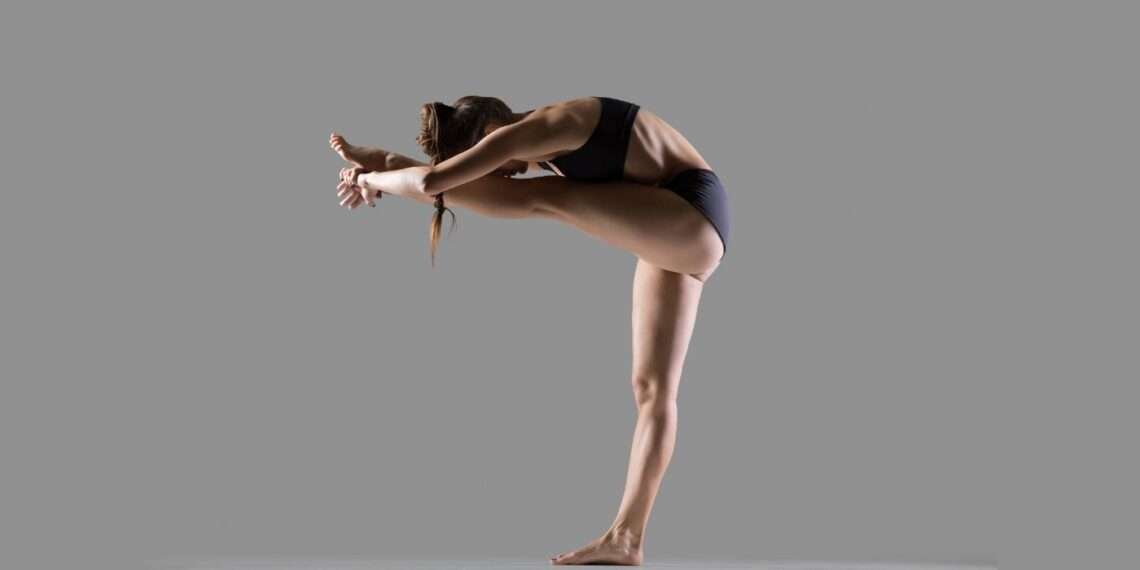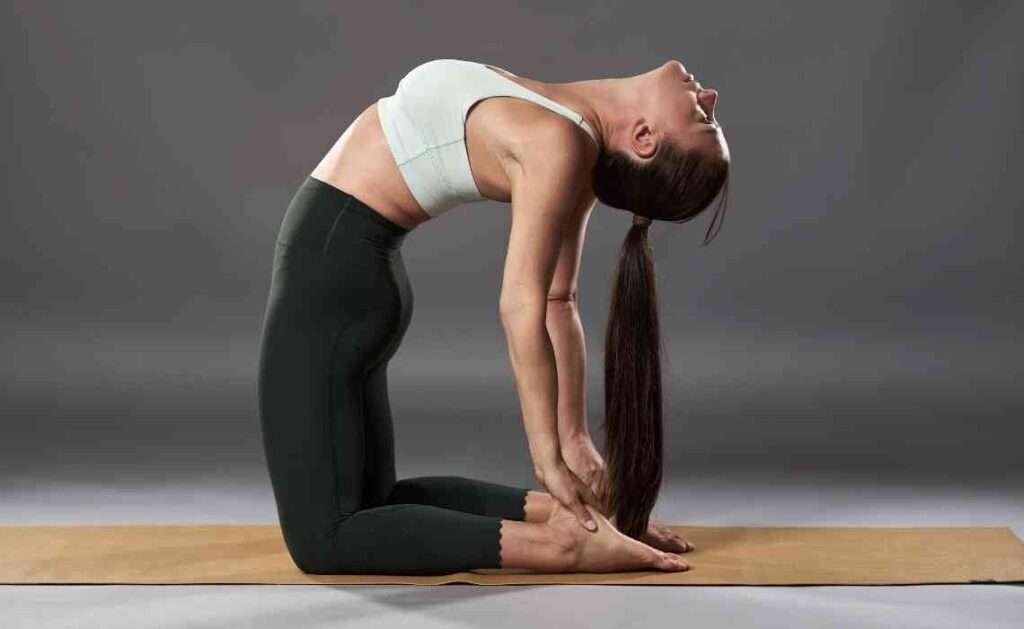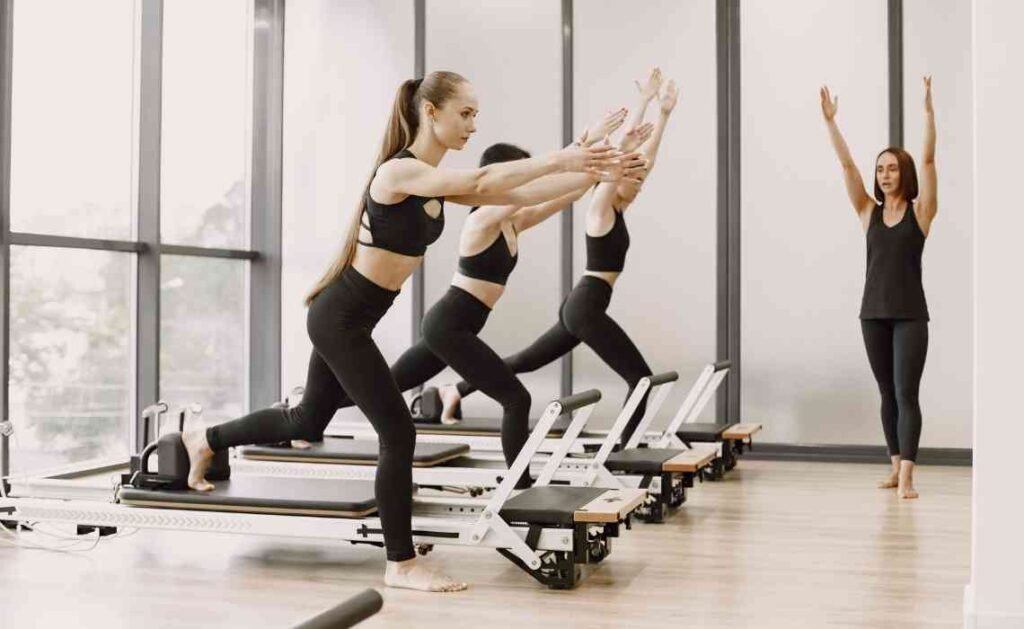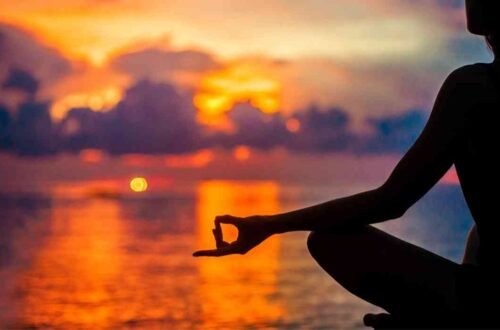
Is Yoga Really Harder Than Pilates?
Yoga and Pilates are two very popular ways to exercise. They are great for making your body stronger, helping you to stay flexible, and even making you feel more relaxed. But a lot of people ask the same question: Is yoga really harder than Pilates? Today, we are going to dive deep into this question and find out the answer in a way that’s super easy to understand.
What is Yoga?

Yoga is an old practice that started in India thousands of years ago. It is not just about moving your body. It also focuses on breathing, calming your mind, and becoming more aware of yourself. When you do yoga, you move through different poses, called “asanas,” and you also pay attention to your breath.
Some types of yoga are very gentle, like Hatha yoga. You move slowly and hold poses for a little bit. Other types, like Power yoga or Vinyasa yoga, are more fast-paced and make you sweat.
Yoga is not only good for your body but also for your mind. It can help you feel peaceful, sleep better, and even handle stress more easily.
What is Pilates?

Pilates is a newer exercise method that was created about 100 years ago by a man named Joseph Pilates. It was originally made to help injured soldiers get strong again. Today, it is popular with athletes, dancers, and people who want to tone their muscles without lifting heavy weights.
Pilates focuses a lot on your “core,” which means the muscles around your stomach, back, and hips. It helps you build strength from the inside out. You do lots of small, controlled movements, and breathing is important too, but not quite in the same way as yoga.
Pilates can be done on a mat or on special machines like the Reformer, which has springs to add resistance.
The Main Differences Between Yoga and Pilates
Even though yoga and Pilates may look similar from the outside, they are actually quite different on the inside. Let’s break it down:
Focus
Yoga is more about connecting your body, mind, and spirit. It mixes movement with meditation and breathwork. The goal is often to feel balanced inside and out.
Pilates is mainly about strengthening your core and improving your posture. The movements are very precise and controlled.
Breathing
In yoga, you usually breathe in and out through your nose and match your breath with your movements. Breathing can be slow, deep, and rhythmic.
In Pilates, breathing is more about helping the body during exercise. You usually inhale through your nose and exhale through your mouth. Breath control helps you stay stable and strong during the movements.
Equipment
Yoga mostly uses just a mat. Some styles might add props like blocks, straps, or bolsters to help with certain poses.
Pilates can use a mat too, but many times it includes equipment like the Reformer, Cadillac, or Wunda Chair. These machines make exercises harder by adding resistance.
Types of Movements
Yoga has many poses that stretch and strengthen the body at the same time. Some poses are held for several breaths, and others flow from one to the next.
Pilates focuses on small, exact movements. You might do several repetitions of the same movement to build strength without making your muscles bulky.
Is Yoga Really Harder Than Pilates?
The short answer is: it depends. Let’s explain why:
Different Types Have Different Levels
Not all yoga classes are the same. A gentle Hatha yoga class might feel much easier than a fast-paced Vinyasa class. On the other hand, a Pilates “beginner mat class” might feel easier than an advanced Pilates Reformer class.
Some types of yoga, like Ashtanga or Power yoga, can be very challenging. You need good balance, strength, and flexibility. Holding tough poses like Crow or Headstand for several seconds can be super hard.
Similarly, advanced Pilates can also be very tough, especially when using machines with heavy resistance. It takes a lot of core strength and control to do it correctly.
Strength vs Flexibility
Yoga usually demands more flexibility. Some poses need you to stretch your muscles a lot. If you are not naturally flexible, yoga might feel much harder for you.
Pilates needs more core strength and muscle control. If your core muscles are weak, Pilates might feel tougher.
Personal Preference Matters
What feels hard to one person might feel easy to another. Some people find it easier to stretch than to hold a plank position for one minute. Others find it easier to build strength than to balance in tricky yoga poses.
Also, your past experiences make a difference. If you used to dance or do gymnastics, you might find yoga easier. If you have done strength training, Pilates might feel simpler.
Mental Challenge
Yoga often challenges your mind, not just your body. It asks you to stay calm, be patient, and focus inward. Some people find it harder to slow down their minds than to move their bodies.
Pilates is more physical. It asks for full body control, which is not easy, but it may not dive as deeply into emotional or spiritual areas as yoga does.
Which One Should You Choose?
You do not have to pick only one! Some people love doing both yoga and Pilates because they balance each other out.
- Choose yoga if you want more relaxation, better flexibility, and a feeling of connection between your mind and body.
- Choose Pilates if you want stronger core muscles, better posture, and improved body control.
- Try both if you are curious and want to see what your body and mind can do!
The best way to decide is to try a beginner class of each. Pay attention to how your body feels during and after the class. That will tell you which one suits you better right now.
How to Make Yoga or Pilates Easier When You Start
Starting anything new can feel hard. Here are some simple tips to make it easier:
- Take beginner classes. Do not jump into an advanced class right away. Start slow and learn the basics.
- Listen to your body. If something hurts, stop. Pain is not a part of yoga or Pilates.
- Use props and modifications. Yoga blocks, straps, or even a wall can help you balance better. In Pilates, the teacher can show you easier versions of exercises.
- Be patient. Flexibility, strength, and control take time. You will get better with practice.
- Stay consistent. Doing yoga or Pilates once or twice a week can make a big difference over time.
FAQs About Yoga and Pilates
Can I do yoga and Pilates if I am not flexible?
Yes, you can! You do not need to be flexible to start. Both yoga and Pilates help you become more flexible over time.
Which one helps more with weight loss?
Both can help, but if you want to burn more calories, faster-paced yoga like Vinyasa or adding Pilates with cardio exercises can help you lose weight.
Do I need special clothes?
No, just wear comfy clothes that you can move easily in. Tight clothes can help teachers see your posture better and correct it if needed.
Is one better for back pain?
Pilates is often recommended for back pain because it strengthens your core, which supports your back. Gentle yoga can also help, but it depends on the type of back issue you have.
How long does it take to see results?
If you practice 2-3 times a week, you might start feeling stronger, more flexible, and more relaxed within a month.
So, is yoga really harder than Pilates?
The real answer is that it depends on your body, your goals, and your personal preference. Both yoga and Pilates can be easy or hard depending on the style, the teacher, and your fitness level. They are both amazing for building strength, improving flexibility, and making you feel better inside and out.
If you are curious, the best thing to do is to try both and see which one makes you excited to move your body. You might even fall in love with both!





